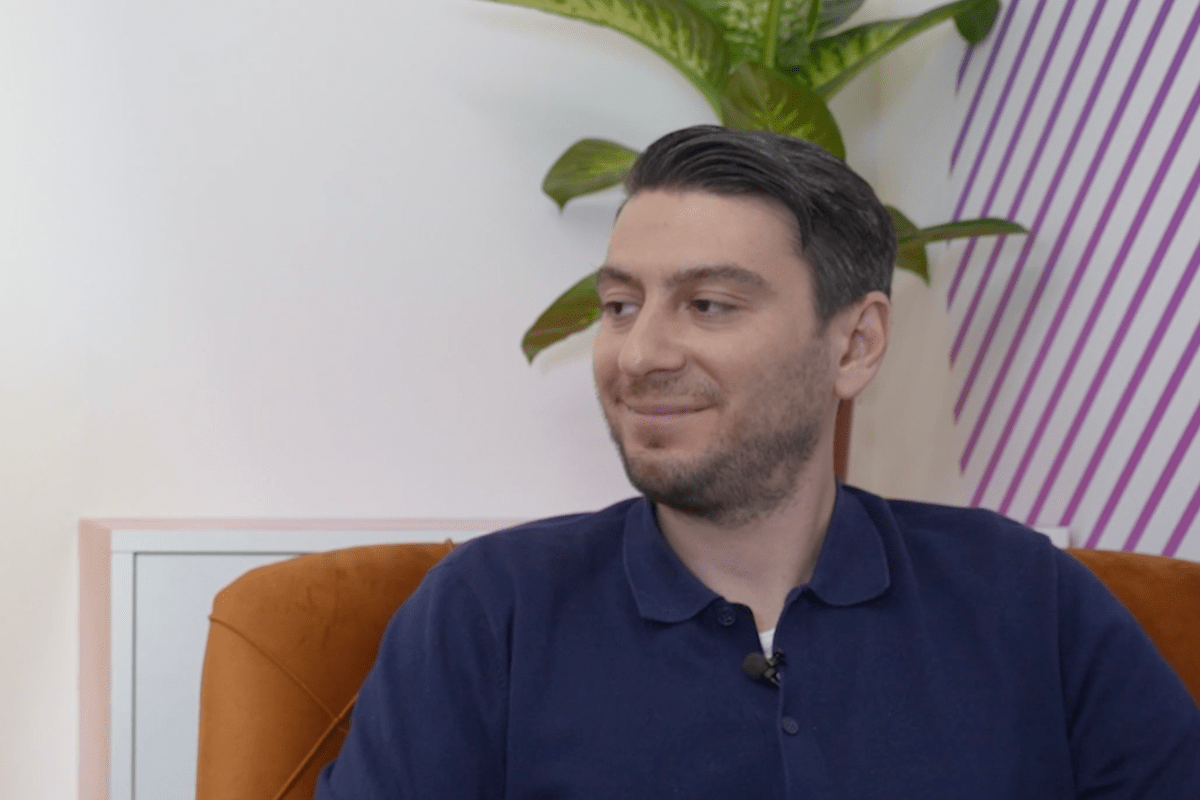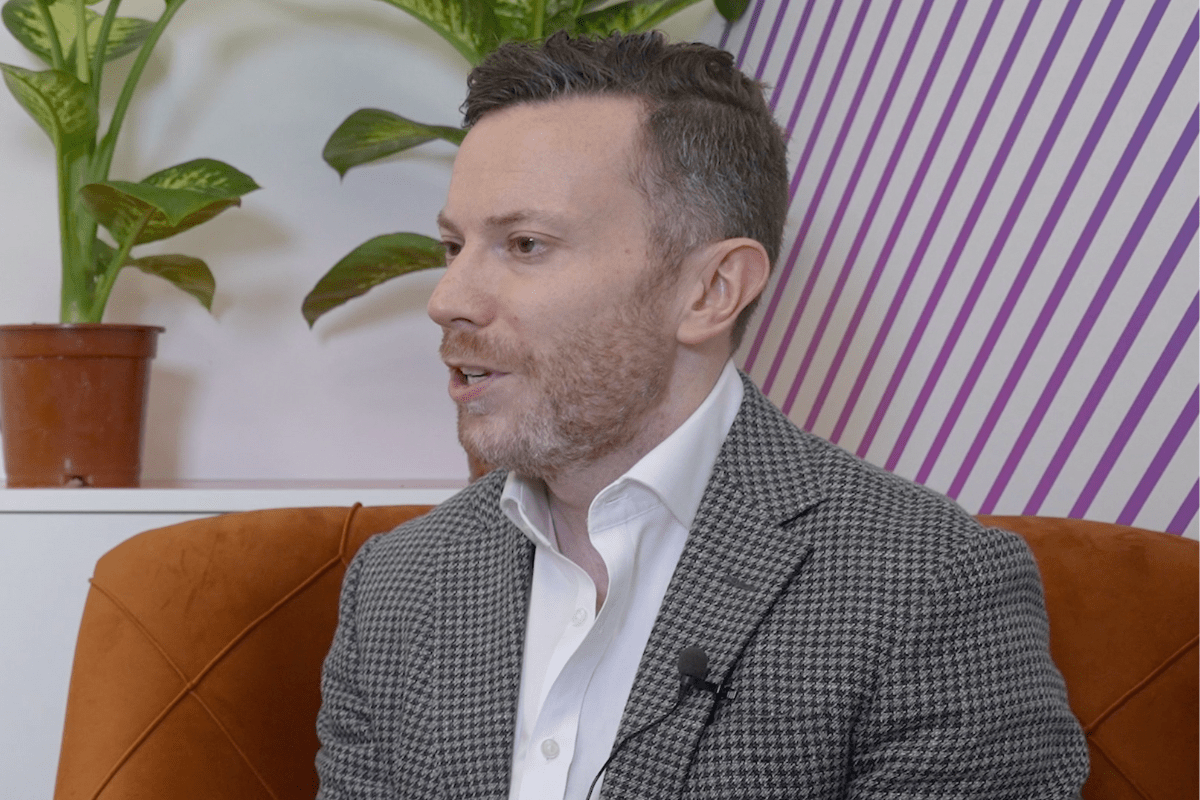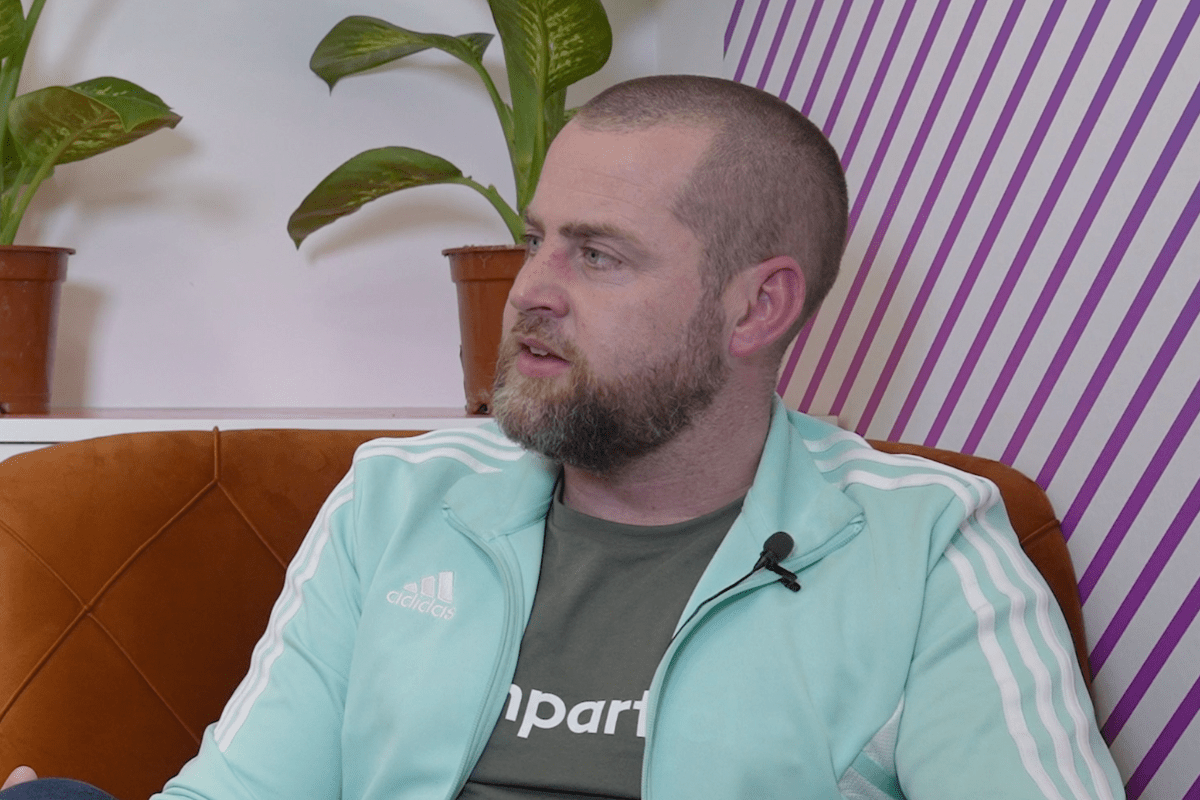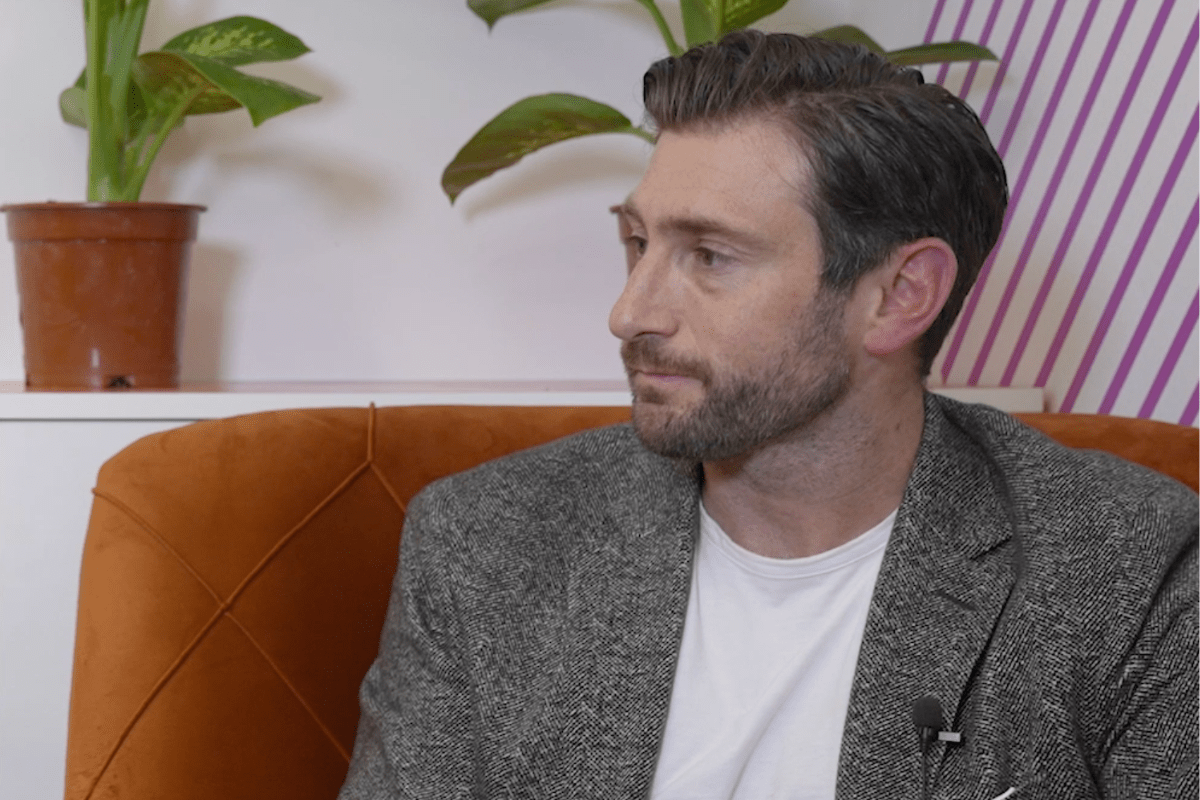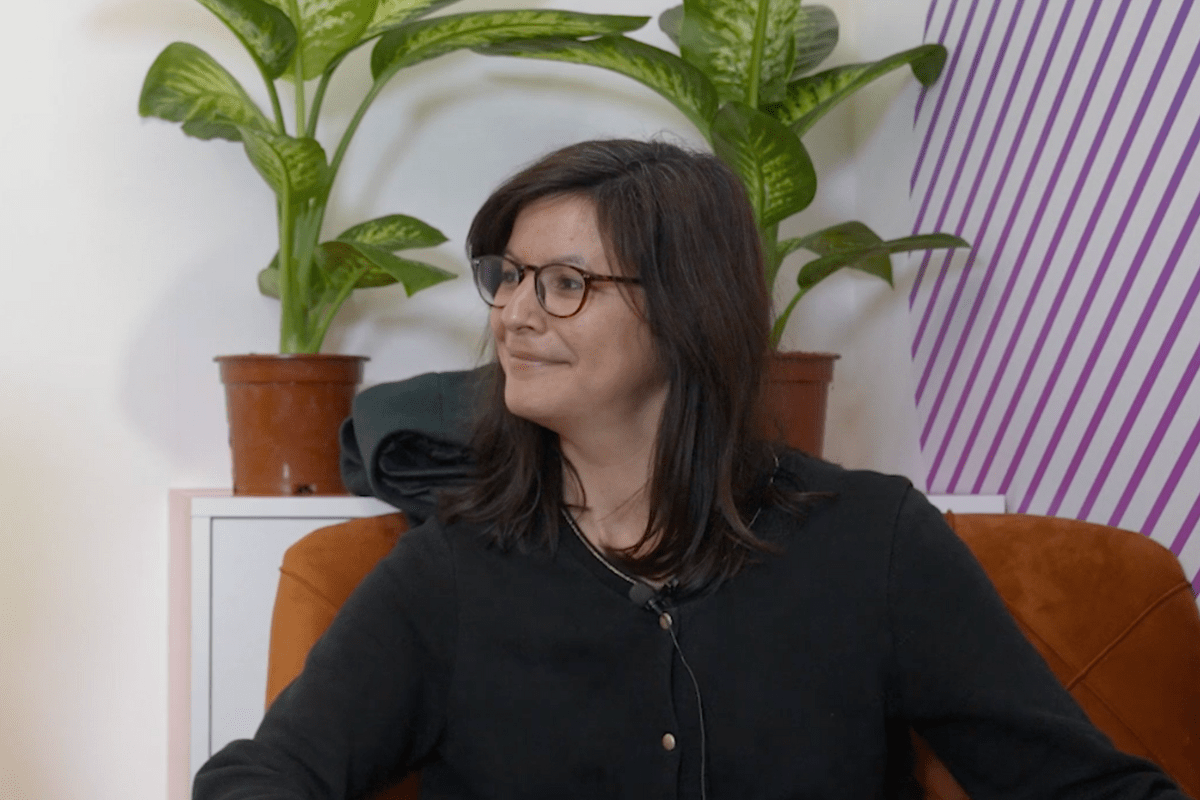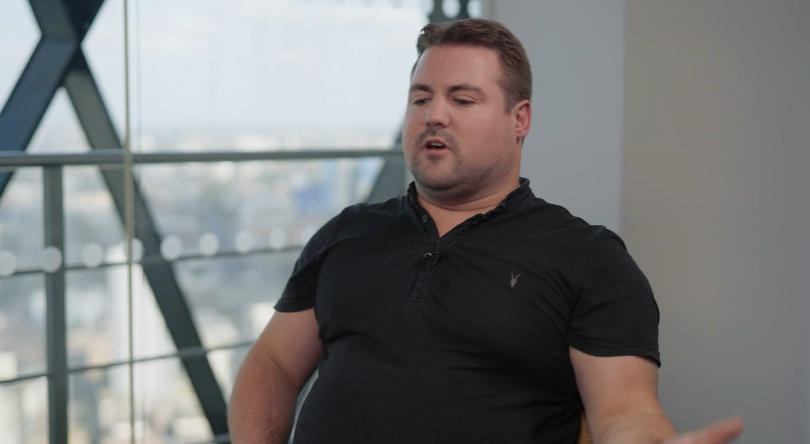Exit Bee CEO Pavlos Linos discusses the 800 per cent performance lift that convinced him to pivot his business toward the advertising market, and why Exit Bee’s micro-moments will shape the future of contextual advertising
 Mobile Marketing: What were your hopes and aspirations for Exit Bee when you launched in 2015?
Mobile Marketing: What were your hopes and aspirations for Exit Bee when you launched in 2015?
Pavlos Linos: Well, its an interesting story, which involves two critical moments. The first comes at the beginning of our journey as a company. Exit Bee was first launched as a conversion optimisation platform – we had nothing to do with advertising, but were in the process of trying to increase return on advertising spend (ROAS) by reducing the high bounce rates that paid traffic produces. We had a breakthrough when we decided to see if we could reduce the bounce rate by targeting the customer just before they left the site, with the aim of extending their stay longer. This proved successful, and proved Exit Bee as a product with serious potential.
Fast forward to 2018, and we experienced the second critical moment in Exit Bee history. This was our pivot towards advertising, and it came when a publisher in Greece asked if our platform could boost audience and retention numbers for them. We experimented broadly, including increasing the number of email subscriptions and featuring long-content posts to keep their audience onsite and engaged for longer. Everything performed well, but our pricing structure was built with commerce websites in mind, and didn’t make much sense from a publisher’s perspective. It was then when I thought “How would users react if they were served an ad just as they were about to exit the website?” Then I went back to that publisher and asked if I could run an experiment on one of their websites.
We ran a trial, and quickly proved that when serving a simple banner ad to people as they were about to leave a site, it was possible to achieve a lift of 800 per cent in click-through rate (CTR.) We then tried this method with large, high-impact formats and, over a period of two months, proved a consistent 15-20x increase in performance over standard banner ads. That is when we decided to go all in on advertising and the rest, as they say, is history.
MM: How much has Exit Bee changed in the intervening four years, and can you explain more about micro-moments?
PL: I dont think weve changed our business model, really, but weve expanded it in terms of what we can do. Micro-moments are where things get really interesting. Historically for us, the exit of a web page by a customer has been a trigger, but we now want to go beyond the exit to find the many brief periods of time in everyday online life during which a users attention becomes available, and contextually serve them an ad there.
These are micro-moments, and they occur most frequently between online journeys. Whether that’s after you have finished browsing for holiday flights, or when you have a few minutes between meetings; a micro-moment is the time between two events in which your attention becomes available, rather than focused elsewhere.
And I have to admit, agencies and brands we’ve presented to are really excited about the potential of micro-moments. They can see that in a crowded marketplace this is a different proposition with genuinely exciting possibilities. Once people understand the concept, and how it plays to the reality of human behaviour, the majority of our job is half done. Only then do we need to discuss how the technology works to recognise micro-moments.
And of course, the same goes for publishers we’ve been speaking to. Exit Bee is really exciting for publishers because we create new ad real estate that doesn’t compete with their existing revenue sources. It’s win-win, because Exit Bee offers them incremental revenue opportunities.
MM: What tech do you use to recognise or identify micro-moments?
PL: The ads are served contextually, which offers a high degree of targeting, as well as requiring no consumer data, but outside of that we lean heavily on stuff like mouse-activity tracking, scroll depth and pattern recognition. There are other metrics, but mouse activity offers a real insight into the user’s behaviour, and helps us detect micro-moments. If we track cursor speed, acceleration and direction on an X and Y axis we can build a picture of the viewers’ intentions. Think of what you’re doing when reading a news story. While you’re engaged with the story, your mouse movement is smooth, slow and combined with some slow scrolling, suggesting an engaged, engrossed customer. When you decide to exit this website and move on to your next journey, you’ll have to move your mouse to the address bar. As you do that your mouse activity changes and we recognise you are about to exit – and there is your micro-moment.
It’s a broadly similar process for mobile. If we recognise your thumb scrolling fast to the top of a browser page, for example, the chances are youre about to do something new, and that triggers a micro-moment. But, as I’ve mentioned, there are many different types of micro-moment beyond an exit, and we can track when you start using your phones browser, having left it idle, and hit you with an ad before you move onto your next task.
MM: And just one final question: the other pillar of Exit Bee’s business is high-impact ad formats – what part do they play in your offering?
PL: The display ad is relatively antiquated these days, and severely limited in what it can achieve. The complete opposite is true of high-impact ad formats, where your creativity and imagination are the only limits in engaging an audience. We want to re-define what’s possible with display advertising and that’s why we are introducing new formats and options for brands to promote their products and services, to deliver a unique experience for their audience.
At the moment we’re trying to push brands to reimagine the possibilities of high impact advertising, and recognise the opportunities with regard to lead generation, contests, coupons and multi-step campaigns. It’s our job to educate advertisers, brands and publishers as to this exciting new world of opportunity.




